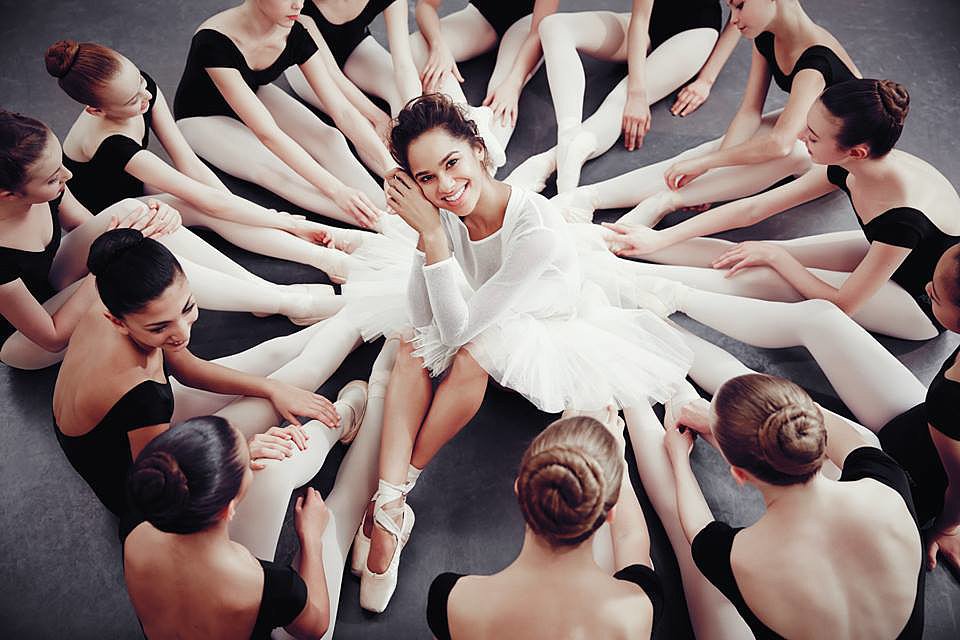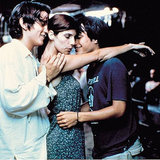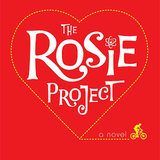Why Misty Copeland Is Inspiring
Why Ballerina Misty Copeland Is Our Hero (and Should Be Yours)

We're happy to present this article from our partners at Yahoo Shine.
Biography is not destiny. Misty Copeland's inspiring new memoir, "Life in Motion: An Unlikely Ballerina," chronicles her improbable path to becoming one of the world's elite dancers and the first African American in 20 years to be a soloist with the world renowned American Ballet Theater, and only the second in its history. Now 31, she describes in the book everything she overcame to get here: how when she was 2, her mother, Sylvia DelaCerna, left her father, hustling her and her two older brothers and sister onto a Greyhound bus. She writes, "Our family began a pattern that would define my siblings' and my childhood: packing, scrambling, leaving — often barely surviving." Her mother had a series of boyfriends and husbands — some drank or were abusive — and two more babies soon arrived, adding to the financial struggles.
Related: Raise the Barre: 7 Reasons to Try the New Ballet-Based Fitness Trend
The family eventually settled in San Pedro, California, and Copeland became a driven, anxious student and the captain of her school's drill team. She was naturally shy and struggled for her mother's attention, usually drowned out by the clamor of her more confident brothers and sisters. One afternoon, when she was 13, she peeked into a ballet class being held at the local Boys and Girls Club where she and her siblings often spent their afternoons. The teacher, Cynthia Bradley, encouraged her to join, and within three months, she was dancing en pointe and performing like someone who had studied ballet since she was a little girl. From the beginning, Bradley recognized that Copeland was a prodigy, once telling her, "You're going to dance in front of kings and queens."
The young dancer began to blossom with confidence and found solace in the discipline and grace of ballet. "Whenever I danced, whenever I created, my mind was clear," she writes. "I didn't have to think about how I slept on the floor because I didn't have a bed, when my mother's new boyfriend might become my new stepfather, or if we would be able to dig up enough quarters to buy food. My worries would dissolve into the dance and there was no crisis that a Mariah Carey song couldn't cure." She began to train with Bradley daily and ultimately, with her mother's blessing, she went to live with her.
Two years later, everything changed. DelaCerna recanted and wanted her daughter back, so Copeland attempted to gain legal emancipation, which let to a highly publicized and ugly fight in court. The young dancer gave up the case. "But the battle in my mind and spirit raged on," she writes. Once again, she turned adversity into strength — a skill that has allowed her to achieve as much as she has today. "You have to be so strong to be a professional ballet dancer," Copeland said in a recent interview with The New York Times, "You have to push yourself and push yourself, and it's never perfect. And to be different means you may even have to be stronger."
When she was 17, the ABT offered Copeland a spot in the their summer program. She began to climb the rungs of the prestigious company, but her battles were far from over. She was curvier and more muscular than many of her peers. When she was 19, and first promoted into the corps de ballet, a staffer puller her aside and suggested she needed to "lengthen"-a euphemism for lose weight. And then was the color of her skin. Not everyone on the staff was welcoming to a "brown girl" she writes. "My blackness has always been clear to those who say I don't fit into the classical world of ballet." She's blunt when she speaks about the art being the "province of the white and wealthy. Our daily toe-crushing exercises make pointe shoes as disposable as tissues, but they can cost as much as $80 a pair."
Rather than give into the pressure to be stick thin or falter under the glare of racism, she chose to dance harder and be the best. She won accolades for her technical precision and became the youngest soloist in the ABT's history. Copeland says she wrote the book to make peace with the past, and also to inspire young dancers who might not believe there is a spot waiting for them at the barre of a professional company. "That has been my mental battle as well: to block out the criticism, to remember all the little brown girls who are counting on me," she writes. "Then to stand tall. And push through."
— Sarah B. Weir
Also on Yahoo Shine:
We Now Have More Female Billionaires Than Ever
Inside the Portrait Studio at the Vanity Fair Oscars Party
Dad Sings Taylor Swift With His Daughter and It's Off-the-Charts Adorable
Source: Facebook user Misty Copeland
















































































